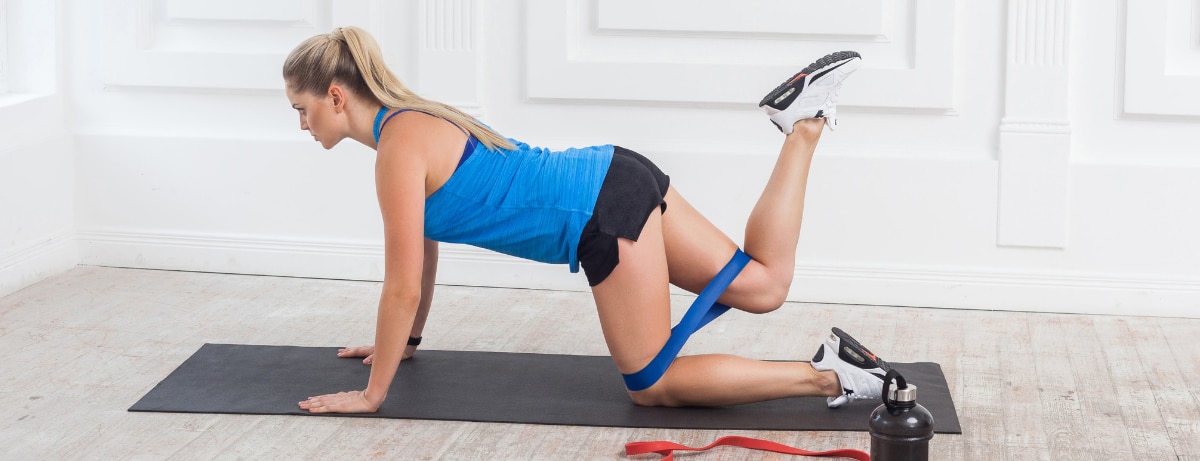15% off £20
Which type of yoga should I be doing?
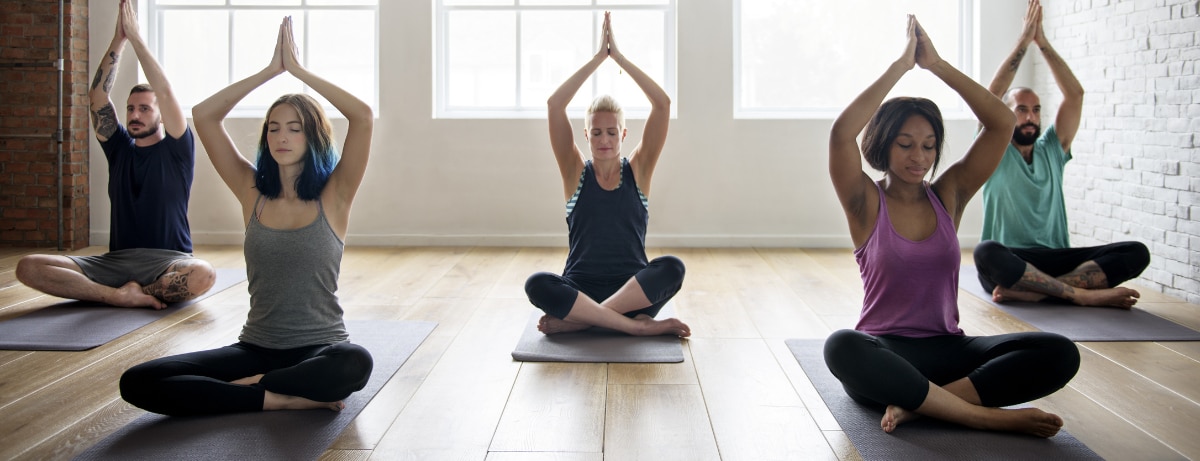
Yoga might just be one of the best practices you can take up for your overall health. It’s low impact, meaning the risk of injury is generally small when it’s performed correctly. Plus, a whole host of research has linked it with positive health outcomes including easing lower back pain1 and reducing overall stress.2
That’s all very well but with all the different varieties of yoga out there, it can be hard to identify which one is right for you. This guide aims to help you understand some of the different styles and choose the one which best suits you.
Hatha Yoga
Hatha yoga is one of the most popular styles around. In fact, Hatha isn’t even really a specific system of yoga but is a general term which applies to any type of yoga which teaches physical postures. It’s the umbrella term for just about everything that’s considered “yoga” in the Western world.
In practical terms, when you sign up for a Hatha yoga class you can expect a gentle introduction to a variety of the most common yoga asanas (or “poses”) and to pranayama (breathing exercises). The classes are not likely to be overly intense and you probably won’t work up much of a sweat.
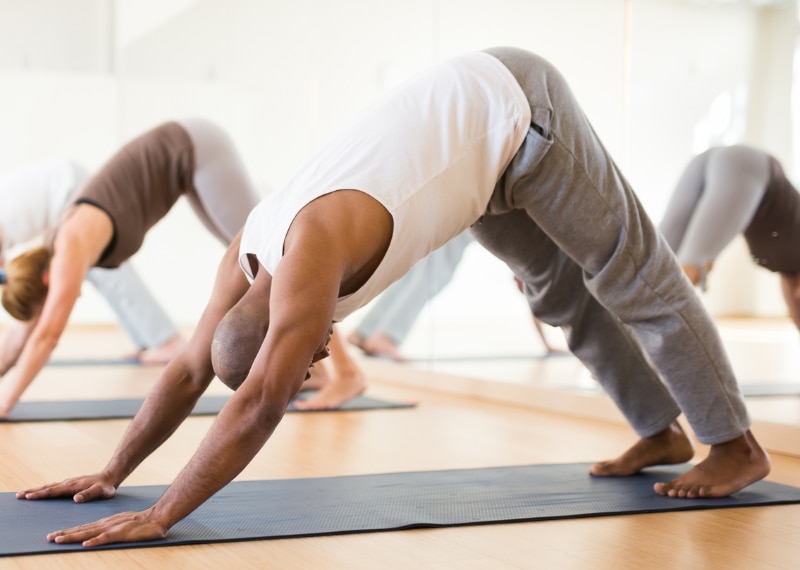

Bikram Yoga
Bikram yoga is a modern style named after its founder Bikram Choudhury. It follows a series of 26 specific postures adapted from Hatha yoga which are done in a specific sequence, intended to stretch and warm the muscles in a particular order.
In a Bikram session, each posture will be repeated twice. The key unique feature of Bikram yoga is that it is performed in artificially heated rooms. It is the inspiration behind many other more generic “hot yoga” styles now gaining popularity.
In a Bikram session, you will sweat a lot. You’re likely to find that the asanas are also more strenuous than in a standard Hatha session.
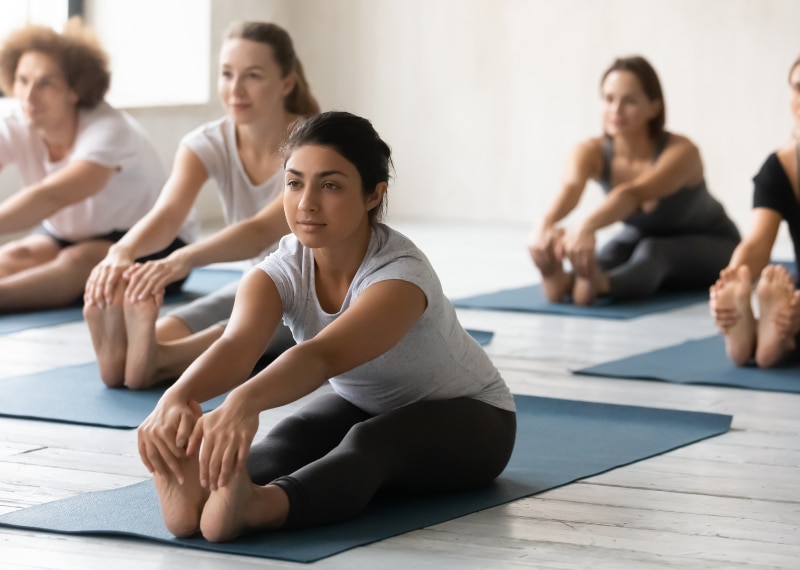

Anusara Yoga
Anusara is another modern yoga style, developed in 1997 by the American John Friend. The name translates to either “flowing with grace,” “going with the flow,” or “following your heart.”
The focus in Anusara is to promote feelings of goodness, love, and acceptance. The emphasis here is less on rigorously replicating the asanas, and more on the students’ self-expression as they attempt the different asanas to the best of their ability and in their own unique way.
Anusara includes over 250 asanas, but with no set postural routine. Each session is likely to include a healthy dose of meditation and relaxation. While Anusara will still provide a proper workout, it’s a good style to pursue if you want a less regimented and more easy-going form of yoga.
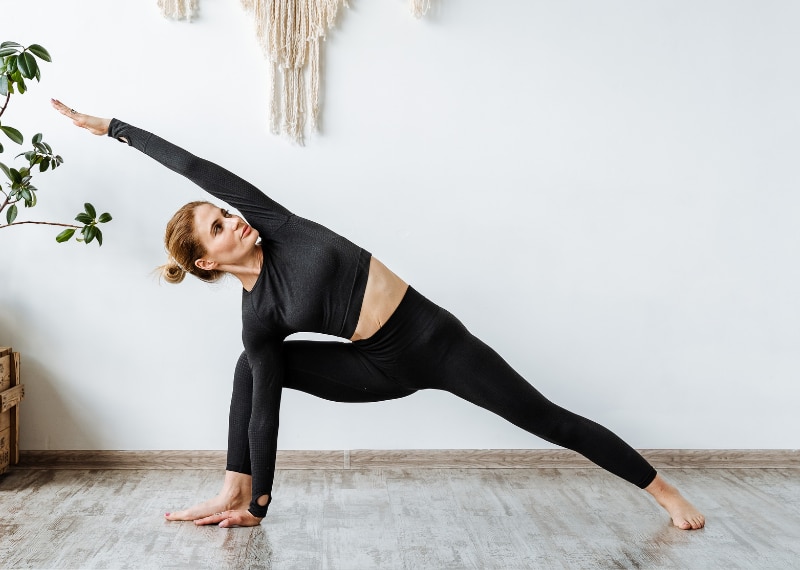

Ashtanga Yoga
Ashtanga is an adaptation of ancient yoga styles and teachings, which includes six sequences of poses done in a particular order.
One of the hallmarks of Ashtanga is that every movement is linked to the next by a deliberate pattern of breathing (known as vinyasa). The asanas are done rapidly in a flowing manner and are generally very strenuous.
This is a tough form of yoga guaranteed to give you a good workout. If you’re interested in pushing yourself, learning challenging poses, and mastering your breath, this might be the right style for you.
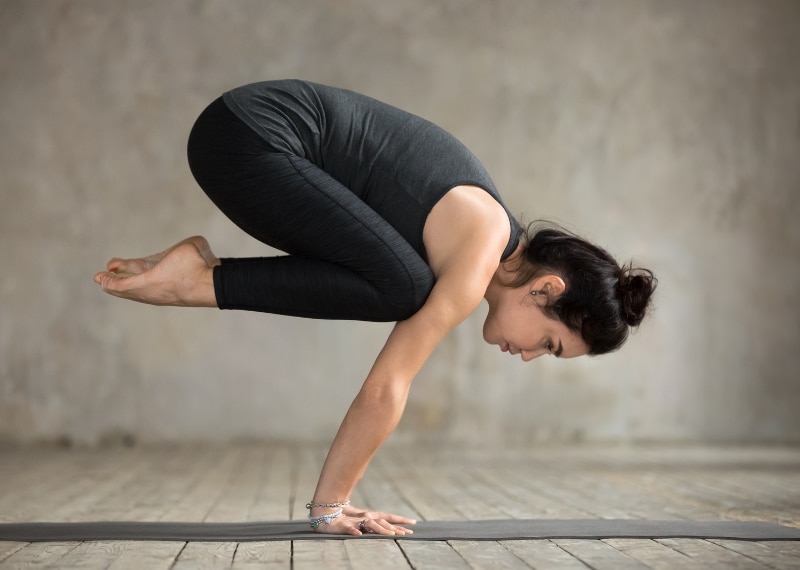

Iyengar Yoga
Iyengar yoga is a distinctly puritan style, where every asana must be performed perfectly with the key focus being on correct body alignment.
While the asanas themselves tend not to be as complex as in some other styles, the emphasis on perfect execution adds levels of difficulty. In fact, Iyengar takes correct alignment so seriously that a variety of props will be used in each session in order to ensure that there are no deviations in your practice. These props include things like straps, chairs, and wooden blocks.
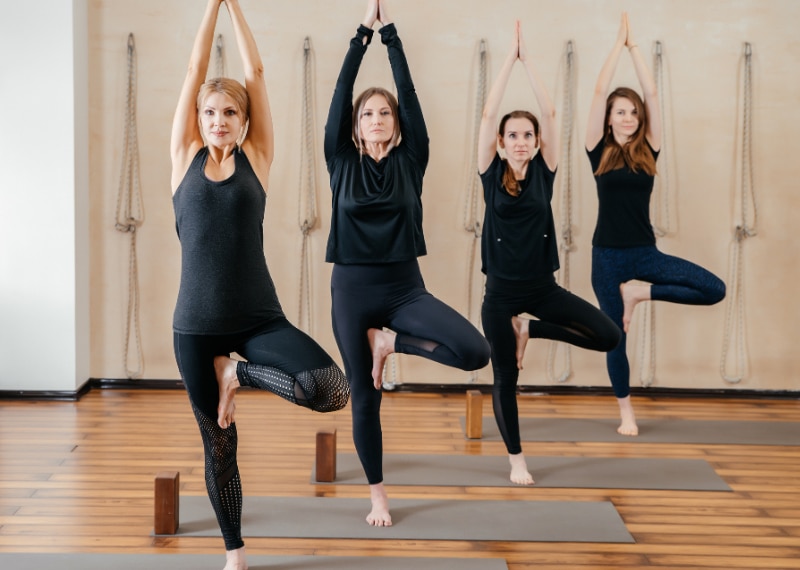

During any given Iyengar session, the instructor will pay meticulous attention to your form and correct it as required. For this reason, it’s important to choose an Iyengar class with a reputable instructor.
Iyengar might be a good style for you if you’ve previously suffered from, or want to prevent an injury, as the emphasis on proper alignment helps to strengthen joints and address muscle imbalances safely.



